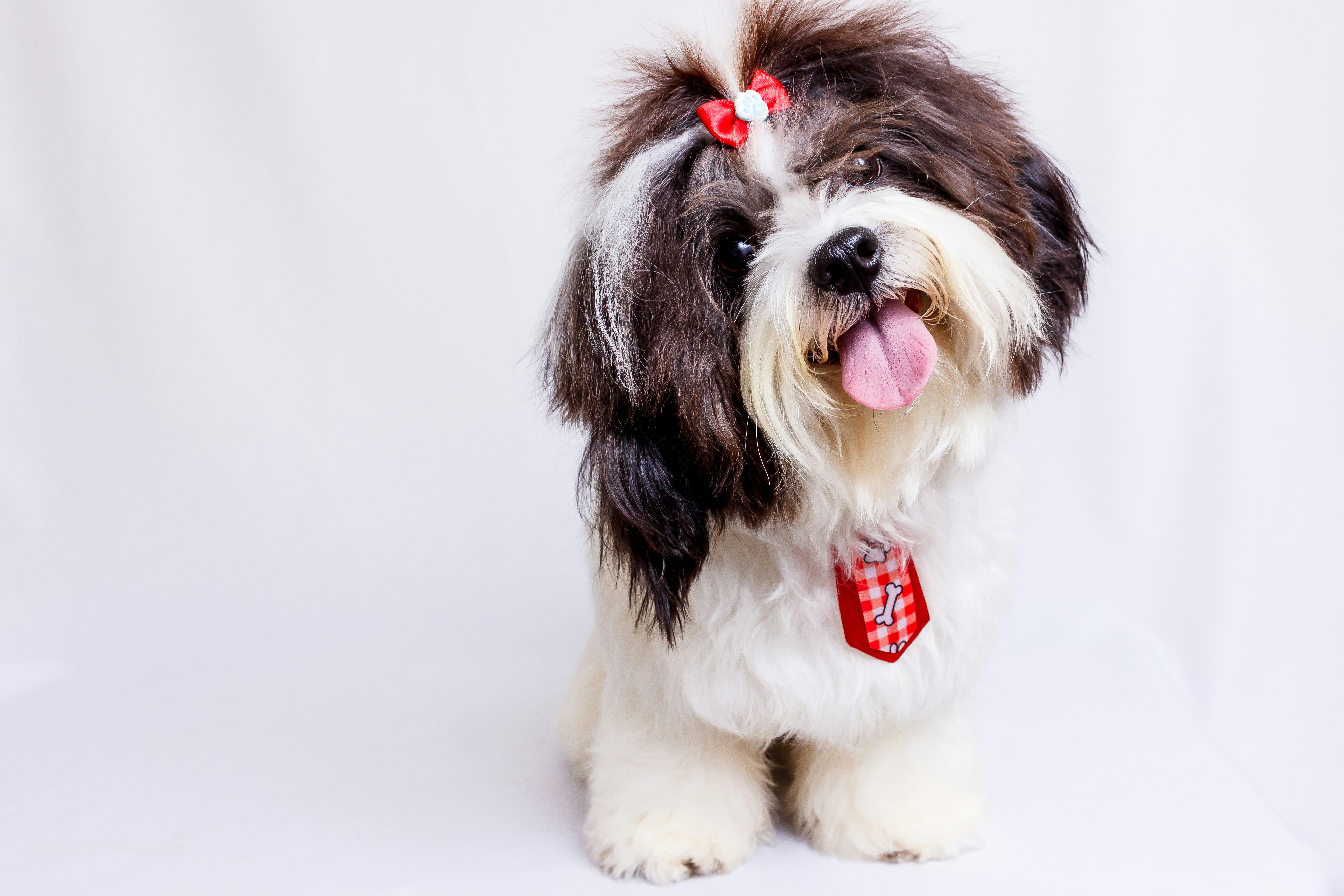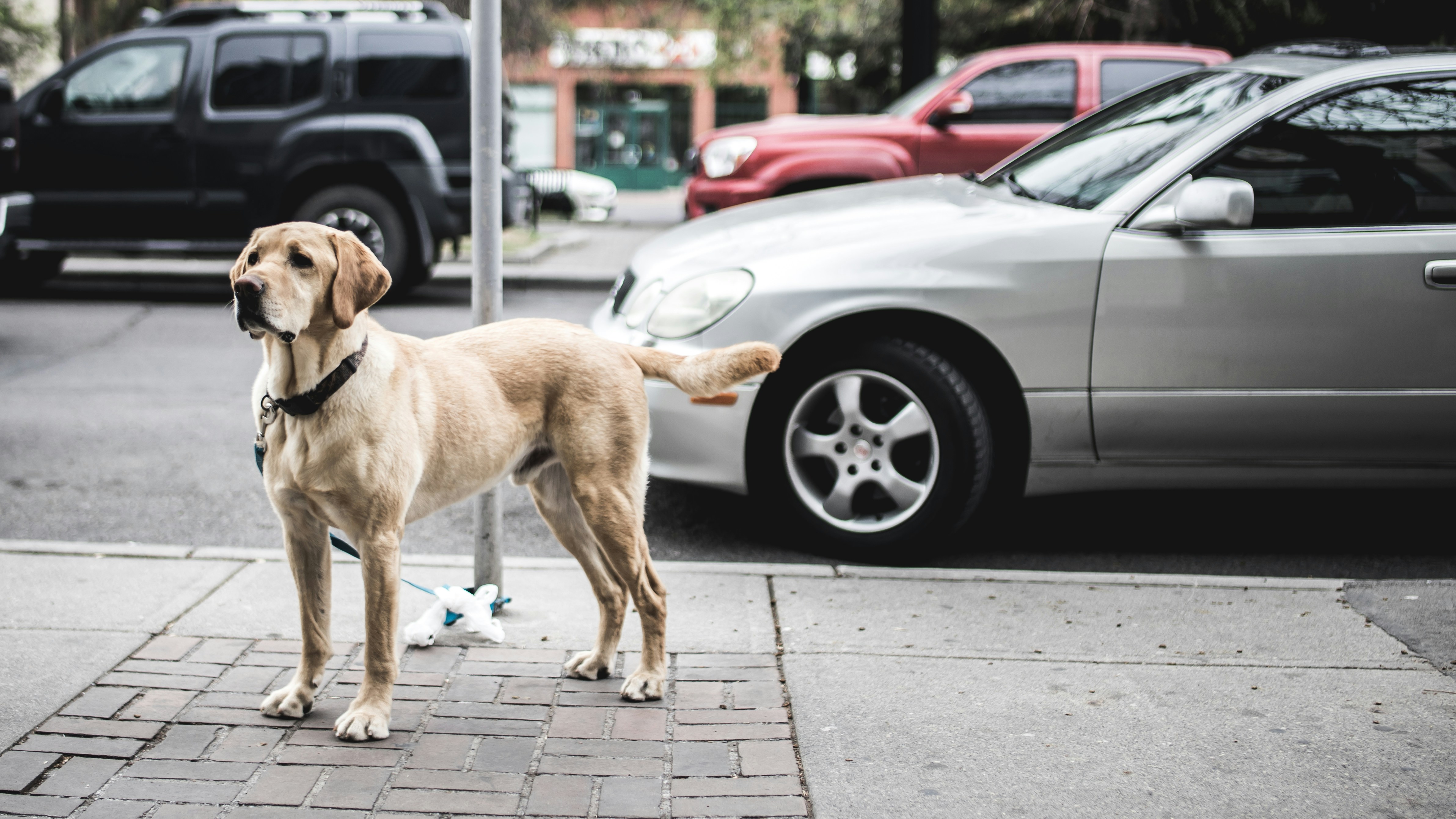In this article, we explore the question, “Can dogs eat curd?” We delve into the topic to provide you with all the necessary information you need to know. From discussing the potential health benefits to addressing any potential risks, we aim to give you a comprehensive understanding of whether curd is safe for your furry friends. So grab a snack and get ready to learn more about curd and its compatibility with our beloved canines.
Understanding Curd
Definition and production of curd
Curd, also known as yogurt, is a dairy product that is made by fermenting milk with live bacteria cultures. During the fermentation process, the bacteria convert the lactose in the milk into lactic acid, which gives curd its tangy taste and creamy texture. This transformation also helps in preserving the curd by inhibiting the growth of harmful bacteria.
To produce curd, milk is heated to a specific temperature and then cooled down before adding the live bacteria cultures. The mixture is then left to ferment for several hours, allowing the bacteria to multiply and convert the lactose into lactic acid. Once the desired consistency and taste are achieved, the curd is refrigerated to halt the fermentation process.
Nutritional value of curd
Curd is not only delicious, but it also offers several nutritional benefits. It is a rich source of protein, calcium, phosphorus, and B-vitamins. The protein in curd helps promote muscle growth and repair, while calcium and phosphorus are essential for strong bones and teeth. Additionally, curd contains probiotics, which are beneficial bacteria that support digestive health by maintaining a healthy balance of gut flora.
Can Dogs Eat Curd?
Overall safety of feeding dogs curd
Yes, dogs can generally eat curd in moderation, and it can be a healthy addition to their diet. However, it is important to keep in mind that not all dogs tolerate curd well, and individual sensitivities should be taken into consideration. It is always advisable to consult with a veterinarian before introducing any new food to your dog’s diet.
Benefits and potential risks
Feeding curd to dogs can offer several benefits. The probiotics present in curd can help promote a healthy digestive system and improve nutrient absorption. Additionally, the protein content in curd can contribute to muscle growth and repair. Curd also provides a calcium and phosphorus boost, which can support bone and dental health in dogs.
While curd can be beneficial, there are some potential risks to be aware of. Dogs that are lactose intolerant or have dairy allergies should not be fed curd, as it can lead to digestive upset, including diarrhea and bloating. Moreover, overfeeding curd can result in an unbalanced diet, as it should not replace a well-rounded canine meal plan.
Benefits of Curd for Dogs
Probiotic benefits for digestive health
Curd is a natural source of probiotics, which are beneficial bacteria that support a healthy gut microbiome. These probiotics help maintain a proper balance of bacteria in the intestines, aiding in digestion and nutrient absorption. By including curd in a dog’s diet, you can potentially alleviate digestive issues such as diarrhea, constipation, and irritable bowel syndrome.
Bone and dental health
Calcium and phosphorus, two important minerals found in curd, play a vital role in maintaining healthy bones and teeth in dogs. Calcium is essential for bone formation and growth, while phosphorus promotes the strength and structure of bones. Regular consumption of curd can help support skeletal health and prevent conditions such as osteoporosis and dental problems.
Protein content
Curd is a good source of protein, which is crucial for dogs’ overall growth and development. Protein aids in muscle repair, growth, and maintenance, and it also helps support a healthy immune system. By incorporating curd into their diet, dogs receive an added protein boost, especially beneficial for active and working dogs that require higher protein intake.
Risks in Feeding Curd to Dogs
Lactose intolerance and allergies
While curd can be enjoyed by many dogs, it is important to note that some dogs may be lactose intolerant or have dairy allergies. Lactose intolerance occurs when a dog’s body does not produce enough lactase, the enzyme necessary to break down lactose. Feeding curd to lactose-intolerant dogs can lead to digestive upset, including gas, bloating, diarrhea, and abdominal discomfort. Dogs with dairy allergies may experience more severe allergic reactions, such as itching, rashes, and difficulty breathing.
It is crucial to monitor your dog closely after introducing curd to their diet and discontinue feeding if any negative reactions occur. If you suspect your dog has lactose intolerance or a dairy allergy, it is best to consult with a veterinarian for proper diagnosis and guidance.
Unbalanced diet due to overfeeding
While curd can be a healthy addition to a dog’s diet, it should not replace a well-balanced meal plan. Overfeeding curd can lead to an unbalanced diet, lacking in essential nutrients that are crucial for a dog’s overall health. It is important to remember that curd should be offered as a supplement or treat, rather than constituting the majority of a dog’s daily food intake.
Moderation is key when incorporating curd into a canine diet. It is recommended to consult with a veterinarian to determine the appropriate amount of curd based on your dog’s specific nutritional needs.
How Much Curd Can Dogs Eat?
Feeding guidelines based on dog’s weight
The amount of curd a dog can eat varies based on their weight and individual needs. As a general guideline, it is recommended to feed dogs approximately one teaspoon to one tablespoon of curd per 10 pounds of body weight. However, it is essential to tailor the portion sizes to your dog’s specific nutritional requirements and take into consideration any pre-existing health conditions.
Frequency of feeding curd
Curd can be fed to dogs as an occasional treat or as a regular addition to their diet, depending on their individual needs and tolerance. Some dogs may benefit from daily consumption of curd, while others may only require it a few times a week. It is essential to monitor your dog’s response and adjust the frequency accordingly.
Signs of Lactose Intolerance in Dogs
Common signs and symptoms
If your dog is lactose intolerant and consumed curd or other dairy products, they may exhibit several signs and symptoms. These can include diarrhea, flatulence, abdominal discomfort, bloating, vomiting, and excessive thirst. It is crucial to pay close attention to your dog’s behavior and any changes in their bowel movements or overall well-being.
When to seek veterinary help
If you suspect that your dog is lactose intolerant or experiencing any adverse reactions after consuming curd, it is advisable to seek veterinary help. A veterinarian can properly diagnose lactose intolerance or an allergic reaction and provide guidance on the best course of action. They may recommend alternative dietary options or suggest specific supplements to aid in digestion.
How to Feed Curd to Dogs
Best ways to incorporate curd into a dog’s diet
When feeding curd to dogs, it is important to introduce it gradually and in small amounts. This allows their digestive system to adapt and reduces the risk of digestive upset. Start by offering a teaspoon of curd as a treat or mixing it with their regular food. Monitor their response and gradually increase the amount if tolerated well.
Curd can also be used as a topping or filling for interactive toys and treat dispensers. This provides mental stimulation for your dog while also incorporating curd into their diet in a fun and engaging way.
Making homemade curd for dogs
If you prefer to make homemade curd for your dog, it is relatively simple. Start by heating milk to a specific temperature (usually around 180°F) and then cool it down to around 110°F. Next, add a small amount of curd with live bacteria cultures as a starter and stir well. Cover the mixture and let it ferment at a warm room temperature for several hours or until it thickens. Once it reaches the desired consistency, refrigerate it to stop further fermentation.
Homemade curd allows you to have control over the ingredients and ensures that no unnecessary additives or sugars are included. It is essential to use plain, unsweetened curd as flavored options may contain ingredients that are harmful to dogs, such as artificial sweeteners or fruits.
Alternatives to Curd for Dogs
Non-dairy alternatives
If your dog is lactose intolerant or has a dairy allergy, there are alternative options available to provide similar benefits to curd. Non-dairy alternatives such as coconut milk yogurt or almond yogurt can be considered. These options are typically free from lactose and dairy proteins, making them suitable for dogs with sensitivities.
When opting for non-dairy alternatives, it is crucial to ensure they do not contain any harmful additives, excess sugar, or artificial sweeteners. Always check the product labels and consult with a veterinarian if you are unsure about the suitability of a specific product.
Other dairy products dogs can safely consume
While some dogs may have lactose intolerance or allergies, others may tolerate certain dairy products well. Some low-lactose dairy options that dogs can safely consume include cottage cheese, cheese, and plain unsweetened yogurt. These products have undergone fermentation processes that break down lactose to some extent, making them more easily digestible for dogs.
It is important to introduce dairy products gradually and in small portions to monitor your dog’s tolerance and avoid overfeeding.
Expert Opinions on Dogs Eating Curd
Veterinarian views
Many veterinarians agree that curd can be beneficial for dogs when fed in moderation and suited to their individual dietary needs. However, they stress the importance of monitoring for any signs of lactose intolerance or allergic reactions and adjusting the diet accordingly. Veterinarians also emphasize the necessity of maintaining a balanced and nutritious meal plan for dogs, with curd serving as an occasional supplement or treat.
Nutritional expert insights
Nutritional experts believe that curd can be a valuable addition to a dog’s diet due to its probiotic content and nutrient profile. The probiotics in curd support a healthy gut microbiome, enhancing digestion and nutrient absorption. Additionally, the protein, calcium, and phosphorus in curd contribute to muscle growth, bone health, and dental care in dogs.
However, experts also caution against overfeeding curd, as it can lead to an unbalanced diet lacking in essential nutrients. They recommend incorporating curd into a well-rounded meal plan and adjusting portion sizes based on a dog’s specific nutritional requirements.
Conclusion: Can Dogs Eat Curd
In conclusion, dogs can eat curd in moderation, and it can be a beneficial addition to their diet. Curd offers probiotic benefits for digestive health, supports bone and dental health, and provides a protein boost. However, it is important to be mindful of lactose intolerance and allergies, as well as the potential risk of creating an unbalanced diet through overfeeding curd.
Monitoring your dog’s tolerance and consulting with a veterinarian are crucial steps in safely incorporating curd into their diet. Always introduce curd gradually and pay attention to any signs of digestive upset or adverse reactions. With proper moderation and consideration for individual needs, curd can be a tasty and nutritious treat for your canine companion.







